City Walks-Janes Walks
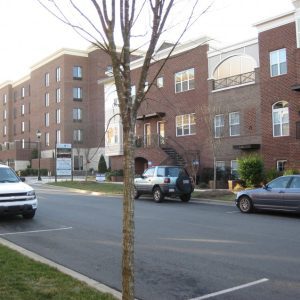
A new kind of zoning ordinance could help – or hurt – development
Since the first U.S. zoning laws in the early 20th century, one of their essential principles has been separating uses. Houses, stores, apartments and offices were kept apart from each other. One unintended consequence was more traffic, as people needed to drive from place to place. Another was that, as jobs and work changed, zoning […]
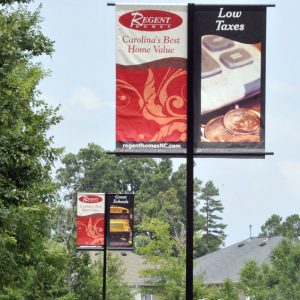
Some suburbs facing the dilemma of high growth vs. low taxes
In cities and counties surrounding Charlotte and Mecklenburg County, tensions are swirling over the rate of new residential development, what it should look like and – especially – how to pay for it. Those aren’t new challenges in a metro area that’s been one of the nation’s fastest growing in recent decades. But many communities, […]

Charlotte eyes stronger pedestrian policies
Charlotte’s transportation department is launching – again – an initiative to highlight pedestrian needs and improve policies for walkability. The new energy comes after the city landed on some not-so-flattering lists in the past year. In May, the Dangerous by Design report from the National Complete Streets Coalition and Smart Growth America ranked the Charlotte-Concord-Gastonia […]
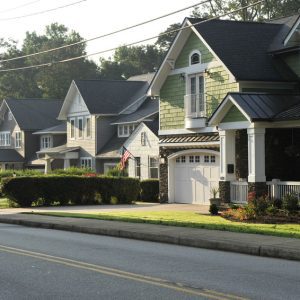
Charlotte part of national effort on neighborhood data
You don’t attend many conferences where the first question you are asked is, “What’s your favorite dataset?” However, that was the question we heard when we represented Charlotte at the National Neighborhood Indicators Partnership (NNIP) conference in Denver. The UNC Charlotte Urban Institute, along with the City of Charlotte and Mecklenburg County, partnered to join […]
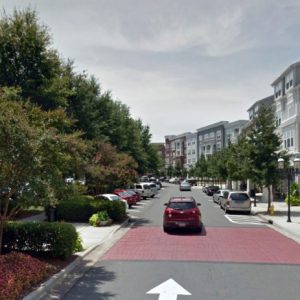
So, what exactly IS a form-based code and why should anyone care?
Since the invention of zoning codes early in the 20th century, they have focused on separating uses. Houses could not mingle with offices or stores or apartments, and offices could not mingle with shops or factories, no matter how small or unobtrusive the factory. Apartments over stores were banned. Buildings were required to be set […]
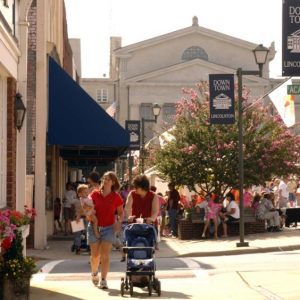
Lincolnton: Moving beyond a textile town past
Talk of the Towns is a PlanCharlotte series visiting planners from the 14-county Charlotte region. This installment takes us to Lincolnton. Lincolnton is a city of 10,486, a former textile town and the county seat of Lincoln County. Laura Simmons has been the city’s planning director since 2010. She talked about intersection improvements, downtown development […]

Will light rail change the way University City develops?
Local streets have jammed with back-to-school traffic this week, as Charlotte-Mecklenburg Schools opened for a new year. In most parts of the city, the start of UNC Charlotte’s academic year has not been as noticeable. But those of us at UNC Charlotte’s 1,000-acre campus 8 miles northeast of uptown see our own back-to-school jams, as […]
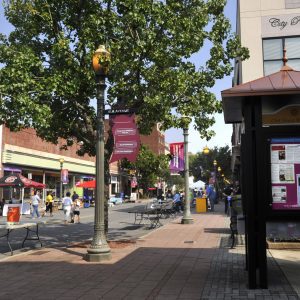
Talk of the Towns: Rock Hill
Talk of the Towns is a PlanCharlotte series visiting planners from the 14-county Charlotte region. This installment takes us to Rock Hill in York County, S.C. The former industrial town of about 68,000 people is searching for a new image. Bill Meyer has been planning and development director in Rock Hill since 2006. He talked […]
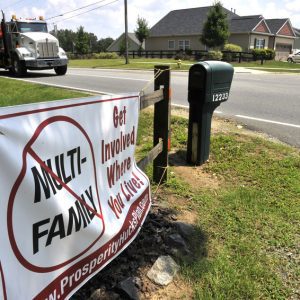
Can innovative interchange plan survive suburbia?
With the long-delayed final leg of Interstate-485 set to open soon, residents near the new interchange at Prosperity Church Road are bracing for growth. The question is, what will that growth look like? A 15-year-old plan calls for an “urban village” of compact streets and walkable, mixed-use neighborhoods. When envisioned in the late 1990s, it […]

Charlotte hits pivot point in vision for Eastland property
The old photo shocked me. I was researching Charlotte’s urban renewal, and amid faded images of long-demolished homes in and around uptown was a large old house on Dilworth’s now-affluent East Kingston Avenue. But in the 1960s parts of Dilworth were considered blighted. Dilworth was not demolished for urban “renewal.” Instead, young Baby Boomers moved […]